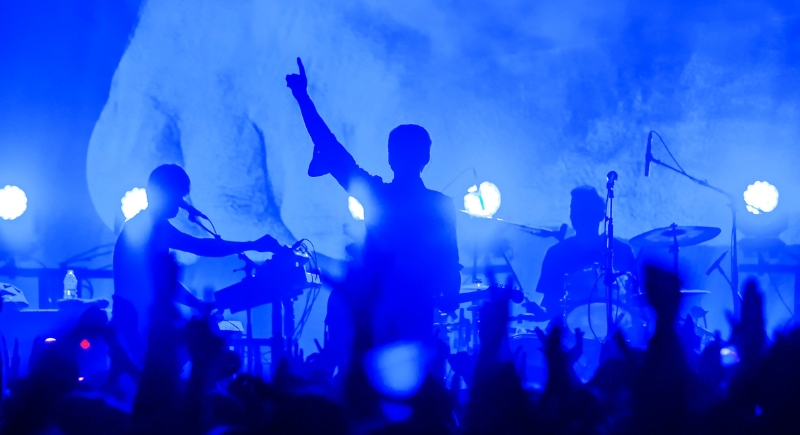The First Time a Song Got Its Creator Thrown in Prison
Artists have a long history of clashing with authority, both in the studio and on stage. Those tensions usually played out away from the spotlight, settled in offices, courts, or news columns after the fact. What audiences didn’t expect was to see the confrontation spill directly onto the stage, interrupting the music and turning a performance into a showdown.
The Arrest Took Place During a Show in New Haven
On the night of December 9, 1967, The Doors arrived at the New Haven Arena in Connecticut. The venue was filled with fans expecting one of the most talked-about bands of the year. Backstage before the set, a local police officer confronted Jim Morrison, not recognizing him as a performer. An argument followed, and by the time the show started, tensions had already formed between Morrison and law enforcement.
Partway through the set, he stopped singing and began addressing the crowd. His comments referred to what had taken place before the appearance. As he spoke, officers moved in. They walked onto the stage, surrounded him, and detained him in front of the audience. He was charged with multiple offenses, including public obscenity, breach of peace, and resisting an officer. The moment became a milestone in music history.
The Incident Became National News Within Days
After the concert, the story reached the national press. Life magazine published a feature on the incident that included photographs from the show. The article contributed to Morrison’s rebellious public image and framed the police response as heavy-handed.
The piece drew public sympathy for Morrison and cast him in a different light for many readers. Tour manager Bill Siddons, who was just nineteen at the time, helped pay Morrison’s bail and played a key role in managing crowd tensions after the arrest.
The arrest drew more attention to the band than any planned promotion. In the weeks that followed, it became a defining part of The Doors’ image and pushed the question of how much freedom a performer had on stage. Commentators argued over whether a microphone should carry legal risk, while Morrison himself came to embody the idea of defiance as art.
The Police Action Altered Public Expectations

Image via Canva/Photospirit
The idea that police would walk onto a stage and arrest a singer during a concert had no real precedent. Back in 1908, an Italian opera singer named Carlo Albani was placed under arrest during a show in Boston, but he was permitted to finish his performance. In Morrison’s case, officers intervened mid-set and removed him from the stage.
That changed how artists thought about what they could say with a microphone. After New Haven, musicians started seeing the platform as a place that carried legal risk. This was mainly due to Morrison’s arrest, which followed him through the rest of his life.